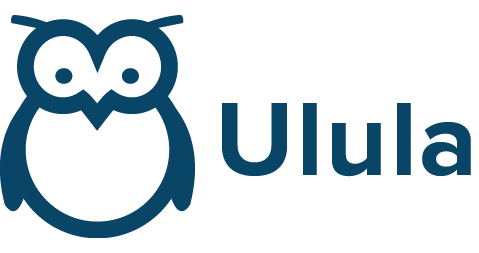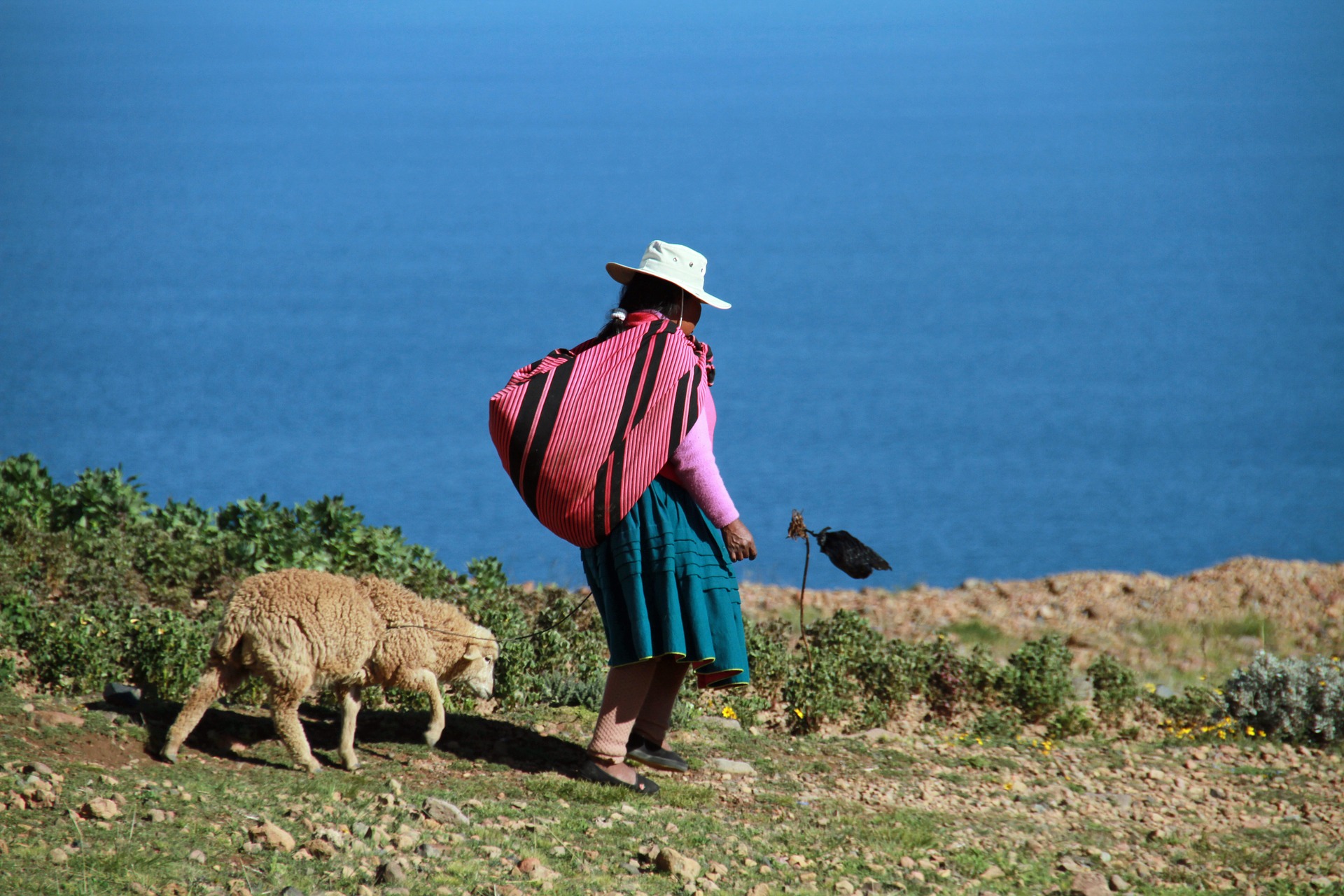By Antoine Heuty, Ulula
This blog is a revised version of an original blog originally published on the GOXI platform as part of a series on “New Tech, New Deal” series. Please visit the GOXI website to review the discussion.
The contributions from GOXI members on “New Tech, New Deal” have highlighted new technologies’ disruptive effects on the governance of extractives -from employment and local content to fiscal instruments and local economic development. The 4th industrial revolution is fuelling the future of mining and challenging traditional paradigms of resource development and local development in ways that can undermine worker and community ‘voices’. At the same time, over two thirds of the world population owns a mobile phone -offering new opportunities to connect communities and listen to workers across global extractives supply chains.
As we discuss the impact potential of new technologies for the mining sector, we should consider the opportunities presented by information and communication technologies aka ICT, in particular their applications to:
(1) help enforce international regulations such as Free Prior and Informed Consent (FPIC) and national legislation around consultation and participation of communities in natural resource development; and
(2) mitigate some of the adverse risks (e.g. reduced local employment) to help manage community-company relations and;
(3) create new opportunities for more inclusive dialogues between stakeholders to create shared value.
While FPIC has been endorsed as a pre-requisite for investment by various financial institutions and integrated by companies into their policies and strategies, implementation has been inconsistent. The ubiquity of mobile phones provides a potential tool for creating more systematic and inclusive processes. They offer more inclusive and safe community and worker feedback channels that can create a data-driven and continuous approach to community engagement and the social license to operate.
Various companies have developed mobile-based mechanisms to create more effective dialogue with communities. These experiences offer important lessons regarding the importance of ‘closing the feedback loop’ with community members to create meaningful dialogue. Groups such as CSIRO and Ulula have been working with companies in Australia, Brazil, Chile, Peru and South Africa to create practical mechanisms for more continuous engagement between companies and communities.
Other technologies such as the use of drones to increase safety or satellite imagery for environmental impact monitoring -particularly around water management- and to triangulate citizen-generated data with other datasets. The ability to access and use data still faces significant barriers (cost, capacity) that can undermine its potential to support participatory monitoring. The analysis of participatory water monitoring programs also stress the critical role of institutions and trust to create successful and sustainable partnerships between companies, governments and communities.
Creating shared value under this new paradigm requires going beyond risk to identify concrete opportunities to serve community needs and to monitor impacts. New technology offers possible tools to ensure communities play a more important role in the local development process from design to monitoring. The conditions for such feedback to become a meaningful driver for development cannot be reduced to a simple technology fix. Building capacity to deliberate on alternative local investment options and turning feedback into agency involve a more complex set governance factors.

